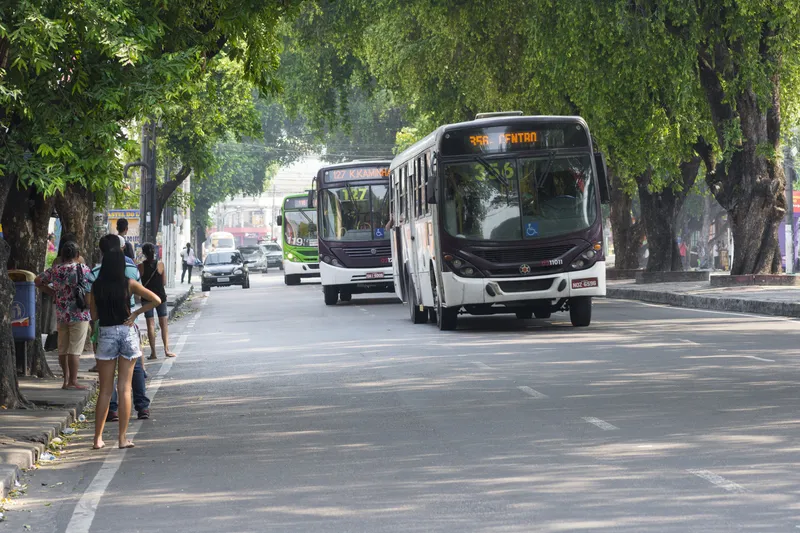Suffolk County Transit (SCT), based in Yaphank, New York, has chosen US ITS technology provider INIT to implement an intelligent transportation system (ITS) on more than 300 of their fixed-route and community transport vehicles. SCT provides public transport for over 1.5 million people over a service area of 900 square miles on Long Island. The contract includes an inter-modal fleet management system, onboard computers, driver terminals and onboard announcements. 10 percent of the fleet will be equipped wi
January 17, 2013
Read time: 2 mins
Suffolk County Transit (SCT), based in Yaphank, New York, has chosen US ITS technology provider 511 INIT to implement an intelligent transportation system (ITS) on more than 300 of their fixed-route and community transport vehicles. SCT provides public transport for over 1.5 million people over a service area of 900 square miles on Long Island.
The contract includes an inter-modal fleet management system, onboard computers, driver terminals and onboard announcements. 10 percent of the fleet will be equipped with INIT’s automatic passenger counting technology. The new system will integrate with SCT’s existing destination signs, fare boxes and next-stop signage, as well as with their current community transport scheduling software provided by another vendor.
“The contract between INIT and Suffolk County Transit represents another significant partnership in the state of New York,” says Roland Staib, CEO of INIT. “After Albany and New York City, Suffolk becomes the third agency in the state to trust INIT for a modern and efficient ITS solution.”
One highlight of the new project is the ability of SCT to run their central hardware in a virtual environment, which has the advantage of reducing physical space while maximising hardware resource usage. Additional features of the project include software modules for creating forms, reporting and statistics, and a full scheduling application. The project is expected to be completed by 2014.
The contract includes an inter-modal fleet management system, onboard computers, driver terminals and onboard announcements. 10 percent of the fleet will be equipped with INIT’s automatic passenger counting technology. The new system will integrate with SCT’s existing destination signs, fare boxes and next-stop signage, as well as with their current community transport scheduling software provided by another vendor.
“The contract between INIT and Suffolk County Transit represents another significant partnership in the state of New York,” says Roland Staib, CEO of INIT. “After Albany and New York City, Suffolk becomes the third agency in the state to trust INIT for a modern and efficient ITS solution.”
One highlight of the new project is the ability of SCT to run their central hardware in a virtual environment, which has the advantage of reducing physical space while maximising hardware resource usage. Additional features of the project include software modules for creating forms, reporting and statistics, and a full scheduling application. The project is expected to be completed by 2014.








